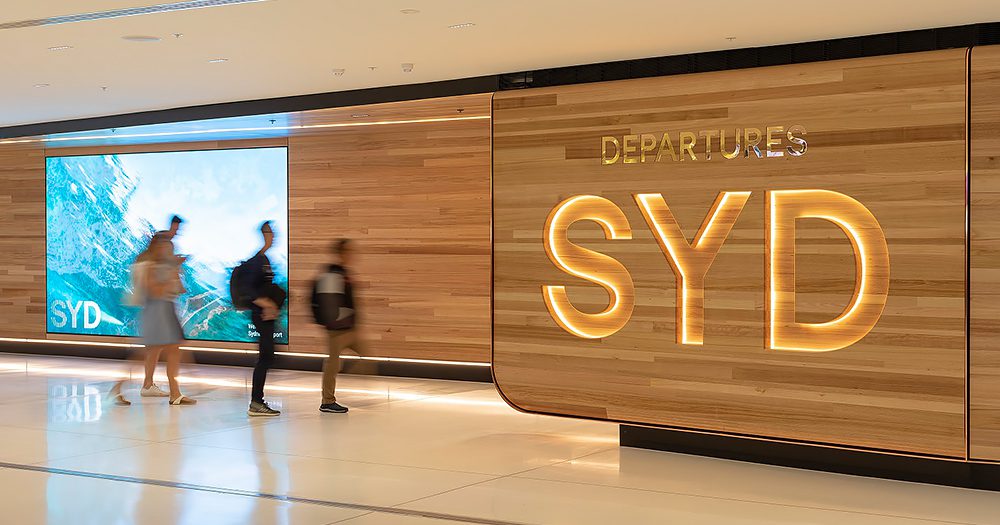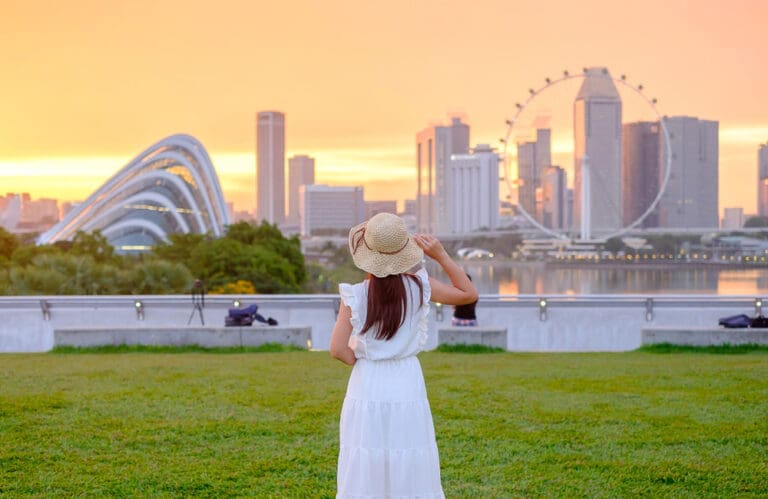Last Friday’s confirmation that Australia’s international border will reopen in mid-November was met with an overwhelming feeling of joy and relief. And rightly so. But now what? What do the next steps look like in terms of planning for where you could go, who can travel and when? Here’s what we know so far.
PM Scott Morrison announced last Friday that Australia’s international border ban would lift in mid-November with citizens and residents finally being able to leave the country again as well as return home after what will have been a twenty-month lock-out.
This historical ‘go date’ moment will come down to states and territories hitting the national 80 per cent double-dose vaccination target, expected to happen around November 10 based on current estimates.
So what happens now? While the announcement was massively exciting for so many reasons, it also brought a giant atlas of questions and unknowns for everyone to start reconnecting all the pieces.
Here’s our Karryon brain dump to hopefully fill in some of the gaps and anticipate what may happen next.
What will you need to be able to leave the country?
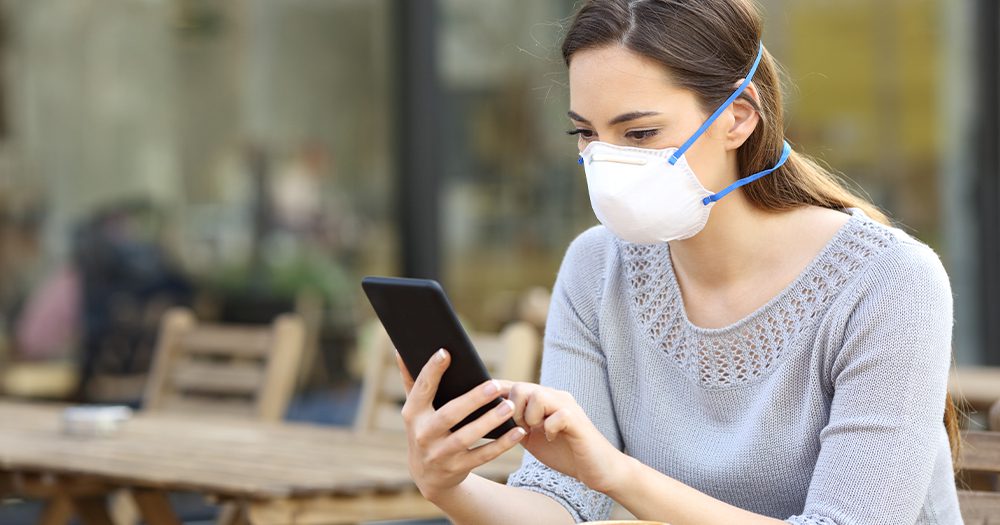
- A valid passport: Thumbed your passport recently? If not, now would be a great time to dig it out, dust it off and check your expiry details. If your passport is out of date or within six months of expiring, you’ll need to get a wriggle on as even longer wait times for renewals are already anticipated.
- An internationally recognised vaccination certificate: This will become the ‘Vaccine Passport’, set to be released this month. Currently, you can access your vaccine status and proof via the Services Australia website.
- To be a fully vaccinated citizen or permanent resident: To be physically able to leave the country, you’ll need to be an Australian citizen or a permanent resident who’s fully immunised with a vaccine approved or recognised by the Therapeutic Goods Administration (TGA). Australia currently has four COVID-19 vaccines – Pfizer, Moderna, AstraZeneca (Vaxzevria), Johnson & Johnson (Janssen). The TGA has also recognised Coronavac (Sinovac), developed and used in China; and Covishield (AstraZeneca-Serum Institute of India), which has been developed and is used in India.
- To have returned a negative COVID-19 test 48 hours before departure: Other countries have already implemented systems that require a negative test within 48 hours of travel and ex Australia will be no different. You’ll likely need to do this at your own expense via a PCR test.
Where in Australia can you depart from in mid-November?
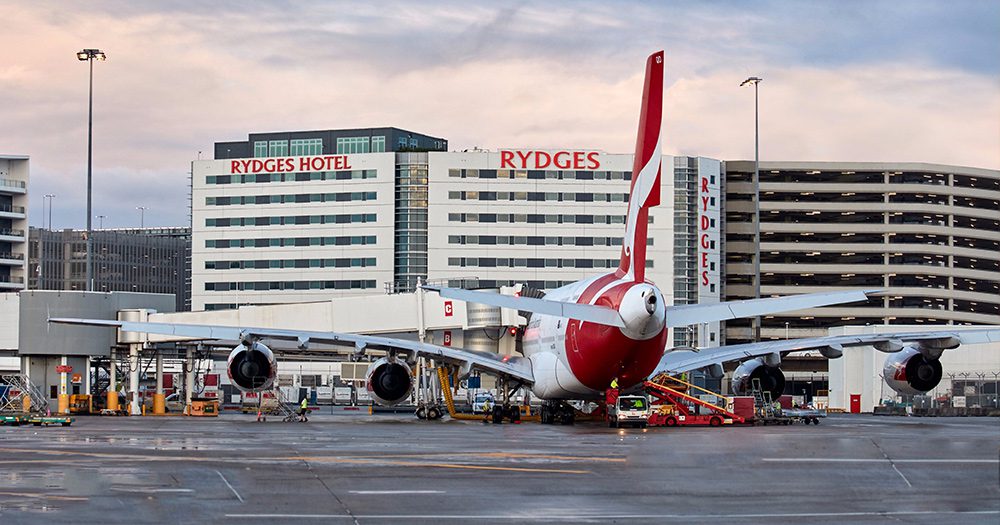
- New South Wales will be the first cab off the rank: Sydney International Airport will be the first place for media loving Love Actually moments from mid-November. Though Victoria and Melbourne International is also a distinct possibility to have opened up by then too. Other states and territories will begin opening up at different times to be announced. As for other states and territories…
- What about connectivity and domestic travel? The major unknown is that we do not know when or where we will be able to cross borders into many of Australia’s own states and territories. In time for Christmas? The jury is still well out and it’s likely we won’t know for weeks and possibly months regarding certain states. The not so funny jokes about being able to travel from Sydney to London before the Sunshine Coast are already wearing thin.
Which countries can you fly to from mid-November?
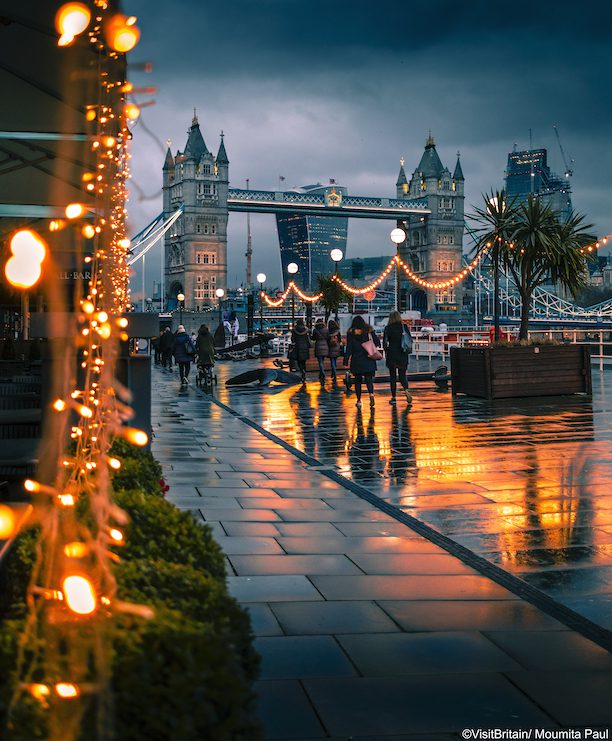
- Plenty of destinations, but it’s still complicated: While there are no restrictions on which country you can depart Australia for, there are, of course, still a gazillion ever-evolving possibilities and rules on which countries you can legally arrive at and their quarantine requirements. As of right now, you will be able to fly (airline operating permitting) as a leisure traveller to ports in the U.K and the U.S from mid-November but not New Zealand, Singapore or the Pacific Islands including Fiji yet who’s borders currently remain closed.
- Qantas is ready to “Fly Away”: Qantas has brought forward its restart schedule from mid-December and will now operate three weekly return flights from November 14 between Sydney and London and three weekly return flights between Sydney and Los Angeles flying on its 787-9 Dreamliners. More flights will be added to meet demand if needed. Fares are on sale now starting from $1662 return for Sydney-Los Angeles and $1869 return for Sydney-London. Other international carriers including Qatar Airways, Fiji Airways, Hawaiian Airlines, and Air Canada are yet to update their schedules which are currently set to restart in mid-December in time for Christmas.
- What about green lanes? Scott Morrison said on Friday that the government is working towards completely quarantine-free travel for certain countries, such as New Zealand, Singapore and Fiji “when it is safe to do so.” Bubbles in time for Christmas? Watch this space.
- Much more to come: Expect daily updates on border reopenings in the coming weeks but before booking a flight we recommend that you check the latest information on country/region travel restrictions as well as visa and passport requirements.
What about insurance?

- Travel insurance remains a hot topic when it comes to COVID-19 cover: Not all travel insurance plans cover problems with the pandemic, so if you’re planning overseas travel you’ll want to look for a plan that covers COVID-related trip cancellation and medical expenses. Australian Independent consumer advocate Choice via SmartTraveller has a good ‘Buying Guide’ on insurance for COVID-19 and what to look out for. Click here for more.
- Some airlines have included insurance: Etihad Airways bundled COVID-19 insurance with their airfares last year as part of the price. Emirates did the same in 2020 and this is a trend that is likely to continue across many other airlines, probably as an added extra.
What happens when you arrive overseas?
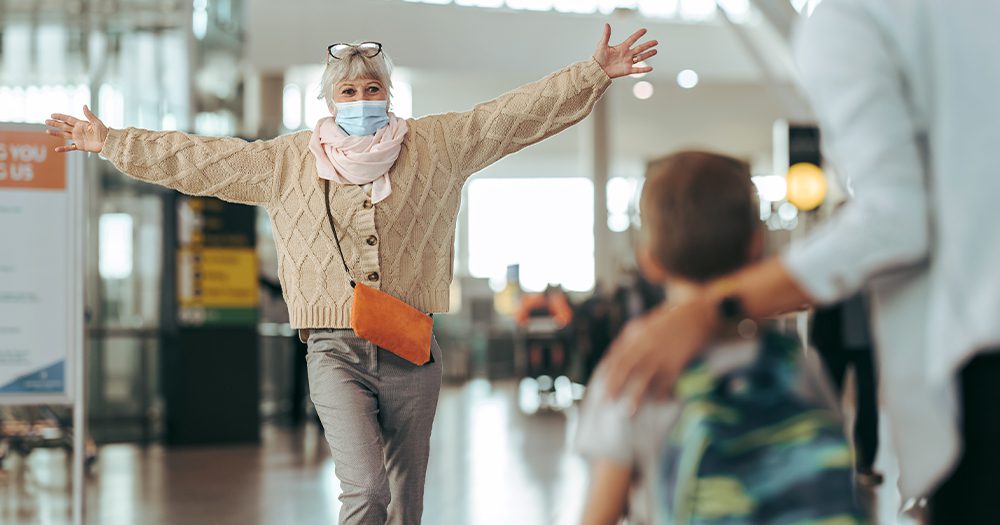
- This depends individually on which country you are travelling to: While many countries are open to arrivals from Australia and New Zealand, their quarantine requirements, restrictions and testing regimes vary greatly and are changing all the time. We strongly recommend that you check the latest information on country/region travel restrictions as well as visa and passport requirements.
- E.g. – Arriving in the UK: You won’t need to quarantine on arrival at all now, but before you travel to England you must book and pay for a day 2 COVID-19 test – to be taken after arrival in England and complete a passenger locator form – to be completed in the 48 hours before you arrive in England. After you arrive in England you must take a COVID-19 test on or before day 2. You must book this test before you travel. If you will be in England for less than 2 days you still need to book and pay for a day 2 COVID-19 test. You only need to take the test if you are still in England on day 2. You can find out more here.
What about arriving back into Australia?

- All arrival caps are to be lifted from mid-November: “Hallelujah” is the understatement of the pandemic. This means more seats will be available at lower prices as airlines ramp up to get as many people flying back to Australia as soon as possible. Given there are reportedly 45,000 stranded Australians alone still wanting to come home, it could still take a while.
- You’ll need to take a pre-departure COVID-19 test: A negative COVID-19 Polymerase Chain Reaction (PCR) test result is required for travelling to or transiting through Australia. Unless you are travelling on a quarantine-free flight from New Zealand, evidence of a negative COVID-19 PCR test taken 72 hours or less before your scheduled departure must be provided to your airline.
- You’ll need a Digital Border Declaration (DPD): Also known as the ‘Vaccine Passport’ these are set to be issued from early October, but only for arrivals. The DPD will move into a testing phase before being deployed throughout major Australian airports but will initially be applied to incoming passengers only. Passengers coming into Australia will be able to complete the DPD on their mobile device or computer and It’s understood that COVID vaccination certificates will be linked to chips in passports and people will have a QR code for scanning.
- No more arrival cards: The good news is there are no more physical incoming passenger cards to fill in or the COVID-19 Australian Travel Declaration web form.
- Fully-vaccinated Australians will need to home quarantine for 7-days: Currently, NSW and South Australia are trialling home quarantine to prove that the program can be easily and safely managed. If successful, these will be the first states to offer the program. Australians will likely need to be tested a number of times during or after their seven-day home quarantine however the exact details around that are still being worked out. This is naturally not ideal for leisure travel and is hoped will change to the UK system where there is no home quarantine and only a PCR test pre-departure and on day 2 of arrival for all fully vaccinated travellers.
- Unvaccinated non-citizens and residents will need to enter mandatory 14-day quarantine: At their own expense, and per the current system at this stage. However, the hope is that fully vaccinated tourists and visa holders could soon be allowed the same freedoms as fully vaccinated arriving Australians.
Phew, we got there. For now anyway.
Clear as mud? Head exploded yet? There’s so much to be worked through in the lead up to a mid-November restart.
Expect the news to come thick and fast, and rest assured; we’ll keep you up to speed at Karryon as we celebrate the Arrival Revival of travel.
- Lessons in luxury: Danielle Galloway on what travel agents can learn from luxury brands
- YTL Hotels team visits Australia and celebrates upcoming Opera in Paradise event in 2024
- Karryon’s Top 10 stories of the week: Catch up on our most-wanted: May 24
- Regent partners with Aston Martin Aramco F1 team in once-in-a-lifetime sailing
- ATE 2024: Brendan McClements, CEO Visit Victoria on key markets and promoting all regions


